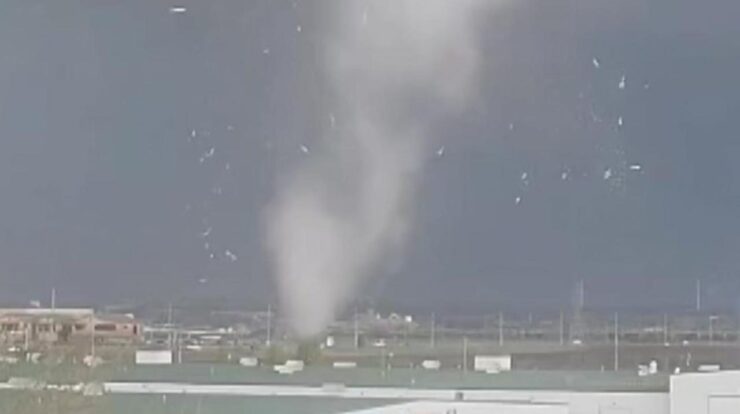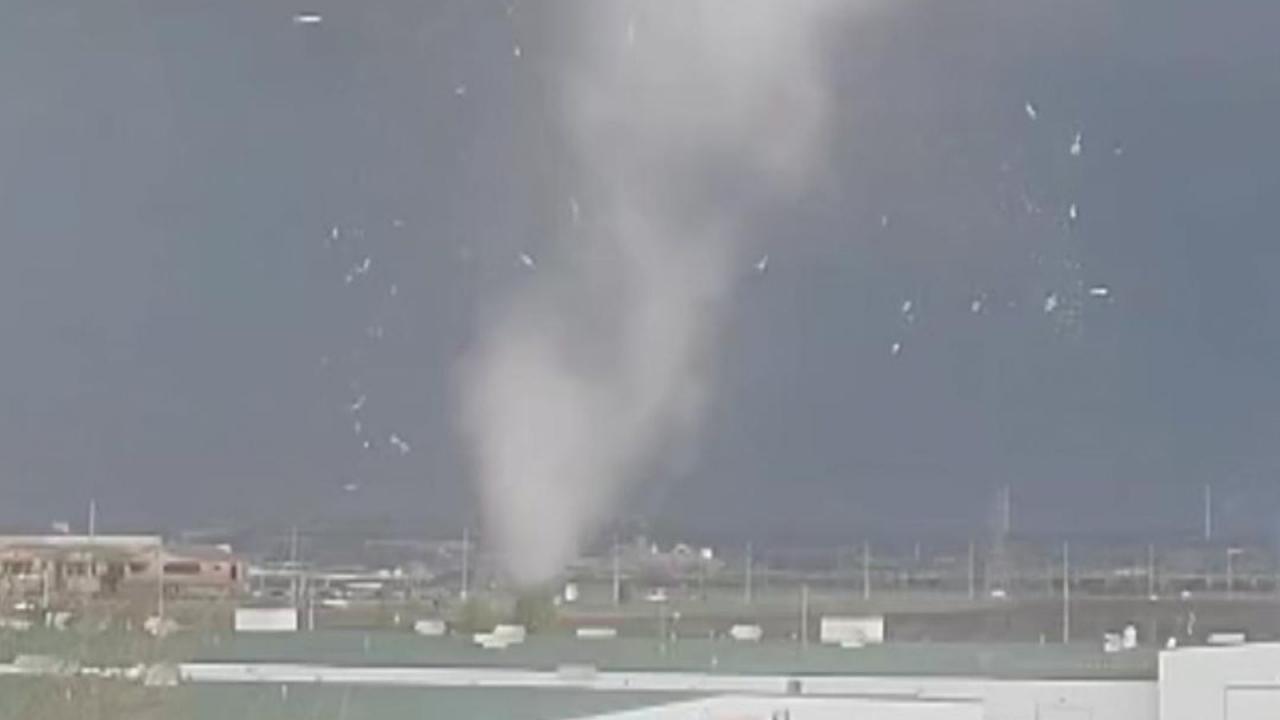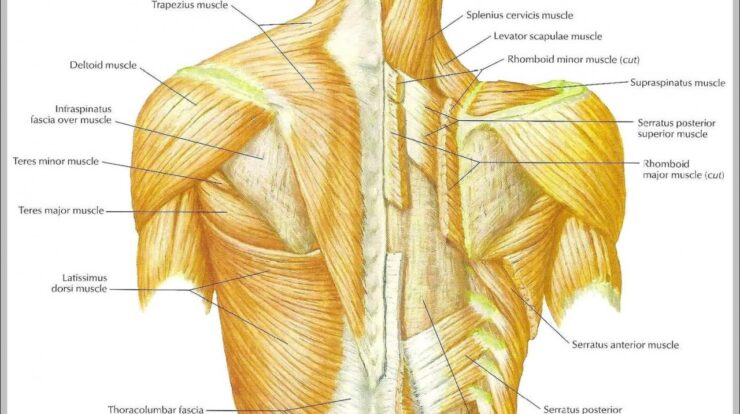
Nebraska Tornado News provides an in-depth exploration of tornadoes in Nebraska, their history, safety measures, damage assessment, recovery efforts, climatology, forecasting, research, and mitigation strategies.
From historical data on tornado frequency and intensity to the latest advancements in forecasting and mitigation, this article offers a comprehensive understanding of the challenges and realities of tornadoes in Nebraska.
Nebraska Tornado Statistics

Nebraska ranks among the top states in the United States for tornado frequency and intensity. On average, the state experiences about 50 tornadoes each year, with some years seeing as many as 100.
The most significant tornado in Nebraska’s history was the Hallam tornado of 1980, which was an F4 tornado that killed 10 people and injured 100. Other notable tornadoes in Nebraska history include the Omaha tornado of 1975, the Grand Island tornado of 1982, and the Pilger tornado of 2014.
Tornado Safety and Preparedness
There are different types of tornado warnings, including tornado watches, tornado warnings, and tornado emergencies. A tornado watch means that conditions are favorable for tornadoes to develop, while a tornado warning means that a tornado has been spotted or indicated by radar.
It is important to have a tornado safety plan in place and know what to do in the event of a tornado warning. Your plan should include a designated safe place to go, such as a basement or interior room on the lowest floor of your home.
You should also have a battery-powered radio or NOAA weather radio to stay informed about weather conditions.
Tornado Damage Assessment
Tornadoes can cause a wide range of damage, from minor damage to homes and businesses to complete destruction. The type of damage caused by a tornado depends on the intensity of the tornado and the type of structures it hits.
Tornado damage is assessed and classified using the Enhanced Fujita Scale (EF Scale). The EF Scale is a measure of the intensity of a tornado based on the damage it causes. The EF Scale ranges from EF0 to EF5, with EF5 being the most intense.
Tornado Recovery and Assistance
After a tornado, there are a number of resources available to help Nebraska residents recover. These resources include government agencies, non-profit organizations, and insurance companies.
Government agencies, such as the Federal Emergency Management Agency (FEMA), can provide financial assistance to tornado victims. Non-profit organizations, such as the American Red Cross, can provide food, shelter, and other assistance to tornado victims.
Tornado Climatology and Forecasting, Nebraska tornado news
Tornadoes are most common in Nebraska during the spring and summer months. The peak tornado season in Nebraska is from May to June.
Forecasting tornadoes is a challenging task, but technology is improving forecasting capabilities. The National Weather Service uses a variety of tools to forecast tornadoes, including radar, satellites, and computer models.
Tornado Research and Mitigation
There are a number of research projects underway to better understand tornadoes. These projects are aimed at improving tornado forecasting and warning systems, and developing new ways to mitigate the impact of tornadoes.
One of the most important ways to mitigate the impact of tornadoes is to build tornado-resistant structures. Tornado-resistant structures are designed to withstand the high winds and debris that are associated with tornadoes.
Conclusion
Nebraska Tornado News serves as a valuable resource for residents, emergency responders, and anyone seeking to stay informed about tornadoes and their impact on the state. By providing a comprehensive overview of the topic, this article empowers readers with the knowledge and tools they need to prepare for, respond to, and recover from these powerful weather events.
Top FAQs: Nebraska Tornado News
What are the most common types of tornado damage?
Structural damage to buildings, downed trees and power lines, and injuries or fatalities.
What is the difference between a tornado watch and a tornado warning?
A tornado watch means that conditions are favorable for tornadoes to develop, while a tornado warning indicates that a tornado has been spotted or detected by radar.
What should I do if I am caught in a tornado?
Seek shelter in a sturdy building, basement, or underground structure, and stay away from windows.





